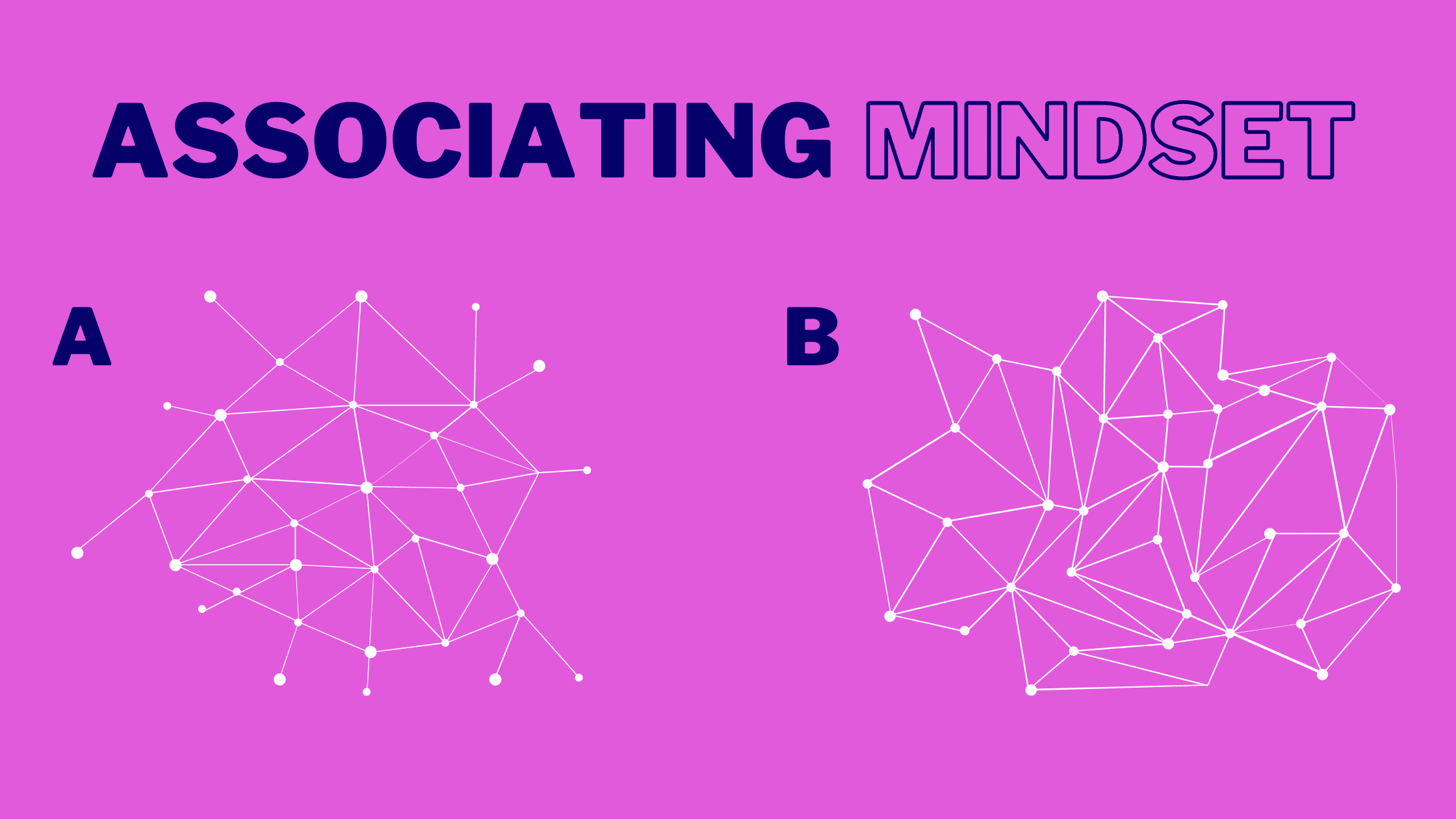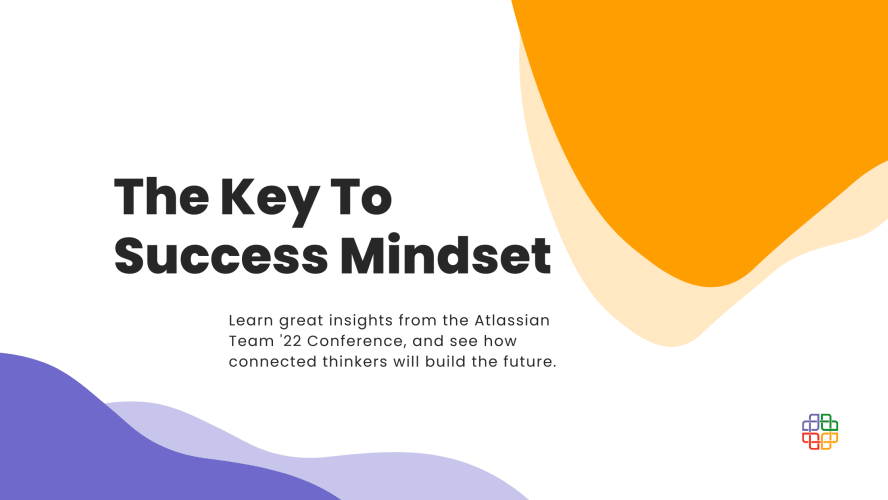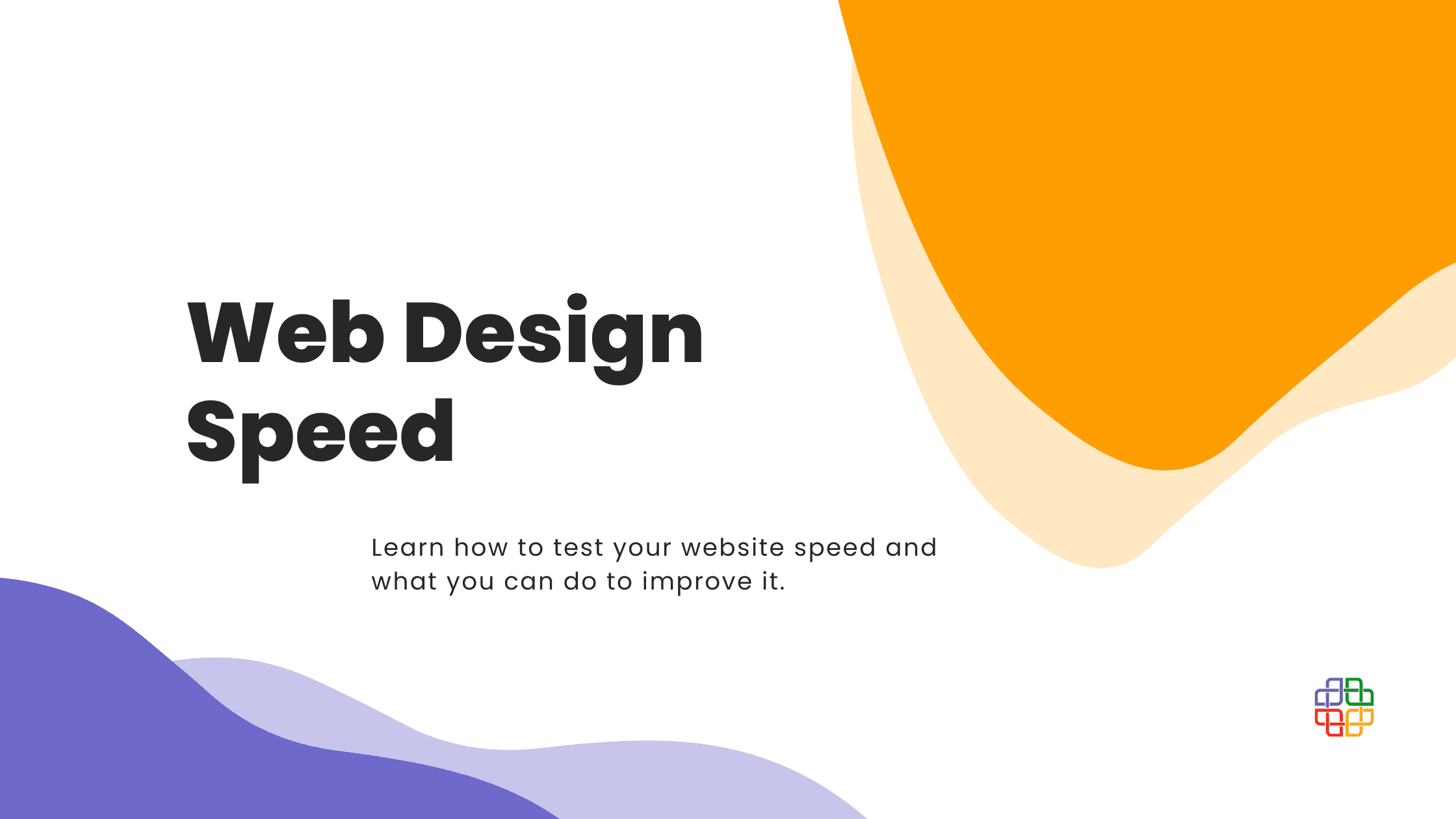Atlassian Team ‘22 has already come to its end, but the knowledge shared during the event stayed with us, and will continue to be our inspiration. We have covered the topic of new tools and features for remote teams, as well as modern business operations and modern IT support for Jira Service Management. In this third and last installment of our Atlassian Team ‘22 series we would like to introduce you to thoughts and ideas shared by Jay Shetty during his fascinating speech on the future built by connected thinkers of different types and talents.
Jay Shetty is a #1 New York Times Bestselling Author, Podcaster, Purpose Coach and Former Monk. His interactive performance engaged the audience with various exercises, in order to make the experience more memorable. Shetty spent 3 years of his life as a monk. He has also studied behavioral psychology, because he is curious about motivations behind people’s actions.
During Atlassian Team ‘22 he shared some of his experiences and conclusions regarding success. Read on to find out!
The Power of Diverse Thinking
When it comes to learning the key to success, the best practice is to first observe the ones, who have already made it, who created the new reality and scored. How did they do that? What was it that made them succeed?
There are many factors, of course. But Shetty points out one common characteristic that all of the greatest CEOs have. And that is limitless thinking. If you are able to break out of the box and push the boundaries of your own imagination, then you possess the ability to change the world and become a successful figure.
Not everyone, however, is thinking the same way and operating on the same plane of ideas. Understanding the differences between the models of thinking is a powerful move on one’s path towards success.
Shetty names 4 types of mindsets that can be applied both in professional and personal life.
#1 Associating Mindset/Community Thinking

The most valued by many is the ability of associating, known also as community thinking. What makes it so special is the fact that people who have many acquaintances from different backgrounds are more likely to be innovative.
The reason for this is that if you ask a question to a few random people, you will get a few diverse answers. However, if you ask the same question to a group of people that know each other and come from the same background, their answers won’t be so different from each other.

Person B: knows a lot of people who know each other and share similiar opinions.
Therefore, when asking for opinions or feedback, people skilled in community thinking will receive much more innovative and eye-opening answers. This characteristic makes them really powerful and valued as employees, and a great CEO material as well.
#2 Coach Mindset

This type of mindset is all about recognizing the diversity in people’s ways of thinking, and being able to adjust methods of communication to specific cases.
To make the performance more interactive, Shetty asked the audience to divide themselves into groups, based on their personality traits. This way, four different groups were formed:
- Outgoing & Task-Oriented: get the stuff done, make things happen.
- Outgoing & People-Oriented: enthusiastic, talkative, good at persuasion.
- Reserved & Task-Oriented: cautions, detail-oriented, perfectionists.
- Reserved & People-Oriented: emotionally intelligent, supportive, empathetic.
A person with a coach mindset is able to communicate with people in their languages. Such a person recognizes different types of people, and applies suitable means of communication, in order to make everyone feel understood and engaged. It is an extremely important skill, because a team is the most complete and versatile, when it consists of people from all four groups.
Shetty summed it up with a quote:
“Everyone is a genius. But if you judge a fish by its ability to climb a tree, it will live its whole life believing that it is stupid.”
#3 Child Mindset

People with a child mindset are the most creative ones. They put their imagination into their tasks, and it allows them to see many things from a different perspective. A fresh point of view is valuable in solving problems and coming up with new projects. Child mindset is, however, often repressed by the pressure of time and demand to be always 100% effective.
To illustrate this, Shetty handed around pieces of paper with 30 circles printed on each. He asked the audience to draw something in each circle within 30 seconds. Only a few participants managed to complete the task. They achieved that by drawing lines across all of the circles, or filling them with one letter from the alphabet each.
Then, to put this little experiment in a context of child mindset, Shetty described how he once gave the very same task to a group of 10-year-old children. The outcome was completely different. They drew things like bubble wrap, chessboard from bird’s-eye, and other very specific doodles that came to their minds. They might not have met the deadline that was given to them. Nevertheless, their performance in this task was much more creative and imaginative than it was in the case of adults.
Unfortunately, the pressure of time always threatens creativity. If we let ourselves slow down and look at our projects from a child’s perspective, we might not become the fastest employees of the year, but our minds might start to flourish with innovative and beautiful ideas. And that is a thing to value.
#4 Coder Mindset

Coder mindset allows its bearers to think critically and analyze the world around them as if everything was a part of a code that is ruled by defined laws. And understanding the laws might unlock the understanding of the world in general.
People with this mindset can see through common ways of thinking and detect errors in it. Once they focus on a common belief that is actually wrong, they can find the method to uncover the mistake and create a solution that will undermine the incorrect assumptions.
An example of this would be the popular game Pokémon GO. Its success has undermined the belief that technology is stopping children from going out. In fact, this case shows how technology made children go out of home and play outside.
Connected Thinking: The Arcana of Success
And here we come to the conclusion: the key to success is connected thinking. Different models of solving problems and performing tasks are what make humanity so beautiful and so versatile. If we combine the special skills of each mindset type, we will receive a team that is capable of complex problem solving (Community Thinking), people management (Coach Mindset), creativity (Child Mindset) and critical thinking (Coder Mindset).
Every type of mindset is needed, and none of them should be treated as superior to others. It is important to recognize the value in versatility, and empower your employees to develop and improve their special skills.
Shetty brought up this example:
According to Yale University’s studies the most difficult job to do is a hospital cleaner. Hospital cleaners work in tough circumstances, constantly dealing with bacteria and cleaning bedridden patients, as well as the space around them.
However, when asked about their job, a group of hospital cleaners replied: “We’re cleaners. We’re low-skilled labels.”
On the contrary, another group of cleaners answered: “We’re healers. We believe that clean space creates the best environment for the patients to heal.”
Same job, two completely different points of view. How much more valued must the second group feel, if their answer is so beautiful. How much more the first group would be proud of their tough but important job, had they applied the different mindset.
If we connect our thinking, despite differences, if we honor each and every type of mindset, we, as humanity, can grow and learn from each other. And we, as the people of success, can develop our ideas and solutions, and turn them into reality. Together.
Shetty finished his inspiring speech with a question: What do you think you do? Not what you actually do, but what do you think you do? Your success lies in the answer to this question. Whichever mindset you apply, be sure to commit and to stay connected. To others and to your purpose. That is what binds us together and makes us the creators of our future.
Read more!
Atlassian Team ’22: New Tools And Features For Remote Teams
Atlassian Team ’22: Modern Solutions For Service Management
Remote Teams: How Can Atlassian Products Help?
Most Helpful Atlassian Tools For Non-Profit Organizations




